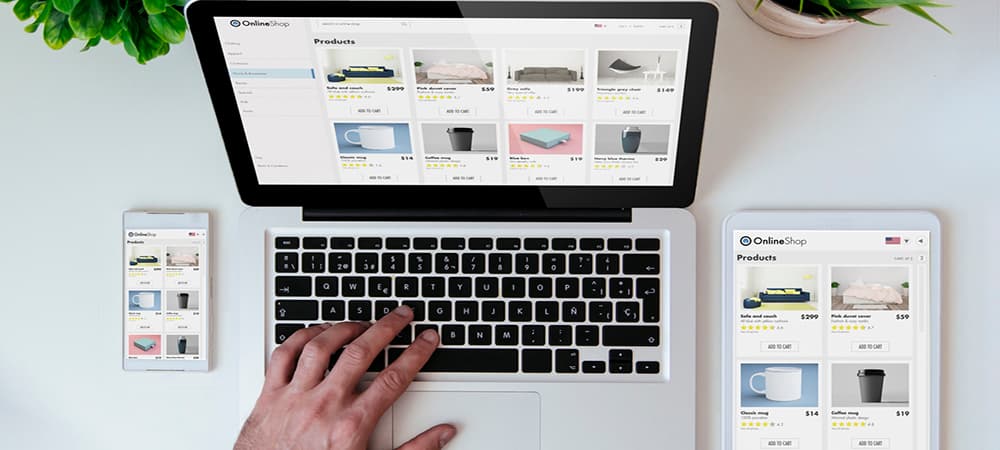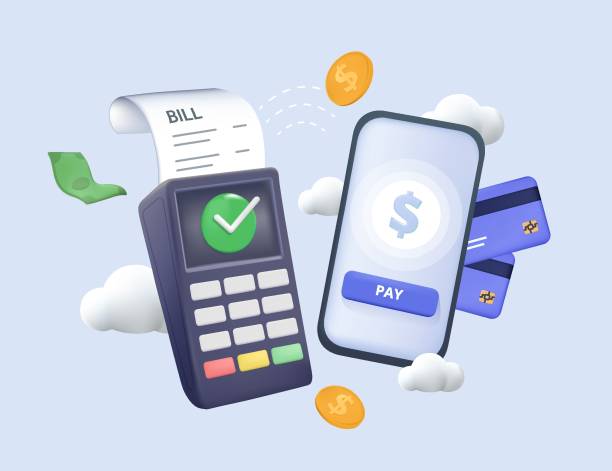You’ve nailed a product that’s a smash hit at craft fairs and pop-ups. Yet, scaling your handmade business feels like climbing a mountain solo, especially when you’re the craftsman and the clock-watcher. Stepping into an online marketplace might just be the game-changer you need to reach more customers without tipping over the edge. But kickstarting this journey? That’s where the real challenge lies. Crafting your own ecommerce site is a Herculean task, and finding your place in a bustling marketplace is no walk in the park. This guide is your compass through the ins and outs of major marketplaces, weaving in the pros, cons, and essential tidbits, topped with strategies to make you shine amidst rivals. Armed with the right ecommerce marketplace strategy, you’re set to catapult your business from a local gem to a global phenomenon.
Choosing the Right Ecommerce Marketplace Strategy

There are a few popular ecommerce marketplace models to consider for your business. Do you want to be a marketplace facilitator or a seller on an existing marketplace? Each option has pros and cons.
Marketplace Facilitator
As a marketplace facilitator, you build your own ecommerce platform where other businesses can sell their products. This allows you to charge commissions and fees to sellers. The major benefit is control and scalability. However, it requires significant investment to build and market the platform. Examples are Etsy, eBay and Amazon.
Sell on an Existing Marketplace
Selling on established marketplaces like Amazon, Walmart or eBay is a popular choice for many ecommerce businesses. You gain access to an existing customer base and infrastructure. However, you typically pay higher fees, have less control and brand visibility. Success often depends on optimizing your product listings and managing marketplace promotions. You must also ensure your products, prices and inventory are consistently updated across all marketplaces.
The best strategy for your business depends on your product, target customers, business goals and available resources. If you’re just starting out, selling on one or two major marketplaces is an easy way to test the waters before investing in your own platform. Over time, as your business grows, you can consider transitioning to a hybrid model or building your own marketplace. The key is choosing an approach that maximizes reach and revenue while still fitting your long-term vision.
Optimizing Your Ecommerce Marketplace Strategy

Once you’ve got an ecommerce marketplace up and running, it’s time to optimize your strategy. Start by figuring out who your target customers are and what they need. Do market research to determine popular products and categories on your site. Focus your efforts there.
Refine Product Selection
Carry products that will actually sell. If some items aren’t moving, remove or replace them. And expand into related product categories that your customers will appreciate. The key is maintaining a selection that gives customers lots of great choices without being overwhelming.
Improve Product Pages
Make sure each product page is optimized with high-quality images, detailed descriptions, specifications, reviews, and videos if possible. This helps customers make informed buying decisions and improves conversion rates. Consider A/B testing different product page layouts to see which one leads to more sales.
Offer Promotions and Discounts
Run special promotions, coupons, giveaways, and loyalty programs to keep customers engaged and coming back. Timely discounts and deals around holidays or events are particularly effective. But don’t overdo it, or customers may come to expect constant sales and only buy when items are marked down.
Streamline the Checkout Process
An efficient checkout process is key. Make sure the steps are clearly laid out, payment options are secure and convenient, and the design is simple and uncluttered. Abandoned cart recovery emails can also help capture sales from customers who don’t complete their purchase.
With some optimization and testing, you’ll have an ecommerce marketplace strategy poised for success. Keep making improvements and you’ll continue achieving higher sales, more loyal customers, and a thriving business.
Ecommerce Marketplace Strategy FAQs

What is an ecommerce marketplace strategy?
An ecommerce marketplace strategy focuses on how you can effectively sell your products on online marketplaces like Amazon, eBay, Etsy or Walmart.com. The goal is to determine which marketplaces are the best fit for your products, optimize your listings, and ultimately drive more sales.
How do I choose which marketplaces to sell on?
First, evaluate which marketplaces your target customers frequent. Then consider factors like marketplace fees, product categories allowed, and seller requirements. For example, if you sell handcrafted goods, Etsy and eBay would likely be better options than Amazon. If you sell brand name products, Amazon and Walmart.com may drive higher volumes. You may want to start with 1-2 marketplaces, build up your reviews and sales, then expand to new sites.
How can I optimize my product listings?
You need to optimize titles, descriptions, images, prices and more to have visibility and drive sales. Focus on keywords (important search terms customers use), clear and compelling product copy, high-quality photos, competitive prices, and good reviews. A/B test different elements to see what’s most effective. Also, make sure your listings comply with each marketplace’s terms of service regarding prohibited or restricted items, intellectual property, and more.
What tools can help manage multiple marketplaces?
Selling on multiple sites requires a lot of time and effort. Many software tools can help simplify the process. For example, channel management software lets you list products once and sync them across all your marketplaces. Repricing tools automatically adjust your prices based on competitors. Inventory management software keeps stock levels updated in real time across all your channels. Using these tools can help streamline your ecommerce marketplace strategy and save you a lot of time.
With the right strategy and optimization, selling on major ecommerce marketplaces can be an extremely effective way to grow your online business and reach new customers. But it does require work to manage multiple channels, stay on top of policies, and drive consistent sales. Using available software and tools to help automate and optimize the process will make your ecommerce marketplace strategy more successful.
Conclusion
So there you have it – a comprehensive guide to developing an effective marketplace strategy for your ecommerce business. By focusing on optimizing your product assortment, building strong seller relationships, and providing a stellar customer experience, you can position your marketplace as a go-to destination in its category. Just remember, launching a marketplace is a marathon, not a sprint. Stay patient, keep innovating, and continue delighting your customers and sellers. Do that, and your marketplace will be well on its way to success. Now go out there, execute on these tactics, and start growing your marketplace! You got this.
For more helpful articles, you can check our blogs here.












